Lavo made headlines this time last year when the Australian domestic hydrogen battery company landed Gowing Bros as its first major customer. Lavo’s hydrogen-based battery, which contains both a water purifier and an elecrolyser, is specifically designed for incorporation with a solar system. Now the company has secured $5 million in funding from the New South Wales (NSW) Regional Job Creation Fund.
In a statement, Lavo said it will use the funds to expand prototyping, testing and pilot manufacturing for the LAVO Hydrogen Energy Storage System at Tomago in the Hunter Region of NSW, “creating up to 250 local jobs in the Hunter Region.”
With manufacturing partners Varley Group and Ampcontrol, Lavo CEO and executive director Alan Yu said the funding provides Lavo “With an exciting opportunity to contribute to the development of sustainable employment opportunities in regional NSW while advancing our ambitions to scale our hydrogen energy storage solutions.”
NSW Deputy Premier and Minister for Regional NSW Paul Toole visited Lavo to announce the funding and said the “Grant will enable Lavo to mass produce one of the world’s first solid state hydrogen energy storage devices to meet growing local and international demand and stimulate economic recovery in the region.”
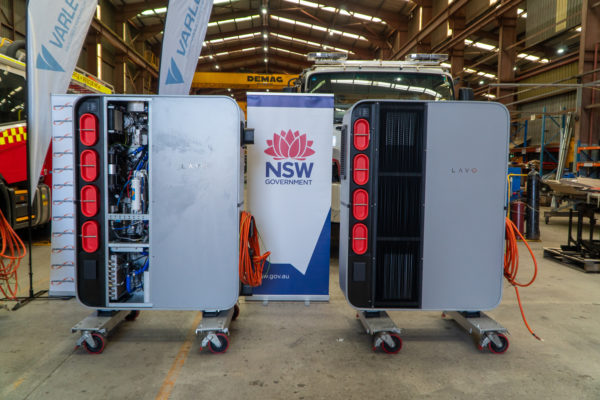
Parliamentary Secretary for the Hunter, Taylor Martin, added that the Coalition government has an ambitious strategy to enable the development of the hydrogen industry, by laying foundations and driving rapid scale.
“The grant to Lavo is an example of how we are supporting the Hunter position itself in the hydrogen industry,” said Martin, “create jobs and ensure our future as a major energy exporter.”
More money, fewer problems
Gowing Bros and the NSW government are not the only fans of Lavo’s hydrogen battery. In July last year, Japanese giant Marubeni Corporation backed Providence Asset Group’s plan for 30 regional projects integrating Lavo’s batteries. And in November 2021, the Queensland government announced funding for LAVO to help it establish a $15 million hydrogen fuel cell manufacturing facility in Greater Springfield.
“We are thrilled to be broadening our work in the Hunter Region, developing new relationships with local organisations,” said Yu. “With its proximity to broader NSW regional communities, Newcastle Airport and the Port of Newcastle, the region provides a unique opportunity for LAVO to contribute to the development of sustainable employment opportunities locally while advancing our impact globally through new export markets.”
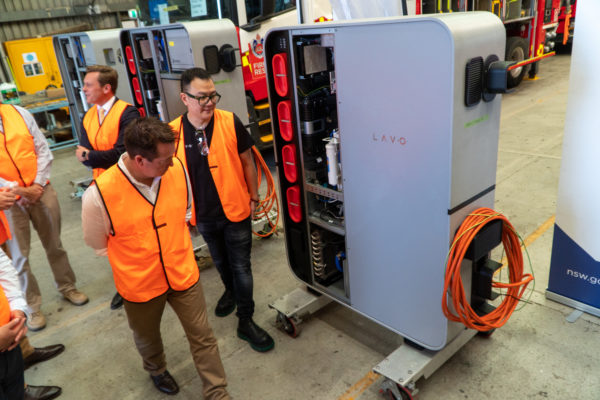
Image: NSW Government (Supplied)
Victor Ugarte, CEO of Varley Defence said its assistance in the development of cutting edge technology was a source of pride seeing as Lavo technology is bringing about the future of employment and cleaning up the environment.
Ampcontrol managing director and CEO, Rod Henderson, added this research and technology is an opportunity for the region to become “an energy manufacturing powerhouse. Newcastle and the Hunter Region is incredibly well placed to lead the way in the production of energy devices. We have always been a big producer of power, and with our existing infrastructure and highly skilled expertise, we are well positioned to power the state with new energy products.”
The Lavo green hydrogen energy storage and production units were first developed at the University of New South Wales (UNSW) and clearly, the company hasn’t forgotten the importance of education. Lavo says that it is working closely with Hunter Region-based Training Services NSW and Newcastle TAFE to ensure appropriate and tailored training for local workers, and pointing to both the UNSW and the University of Newcastle’s current discussions toward accredited courses in hydrogen technology and renewable energy.
Lavo’s hydrogen-based battery contains both a water purifier and electrolyzer, so that solar energy can separate the hydrogen from the water, let the oxygen go, and store said hydrogen safely as a solid material by combining it with an absorptive sponge-like metal. Lavo is not divulging the composition of said metal, but the result is a stable metal hydride. The hydrogen can then be leaked out through a reduction in pressure and diverted into a fuel cell.
This content is protected by copyright and may not be reused. If you want to cooperate with us and would like to reuse some of our content, please contact: editors@pv-magazine.com.
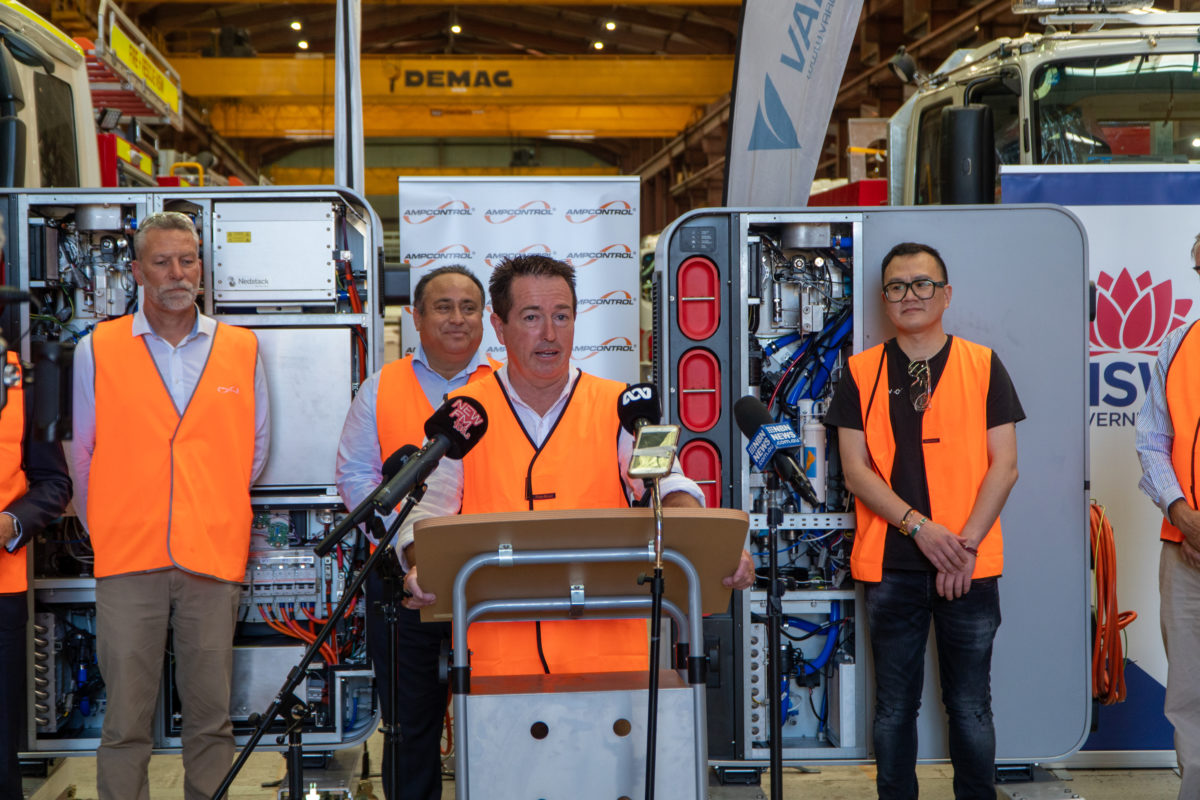
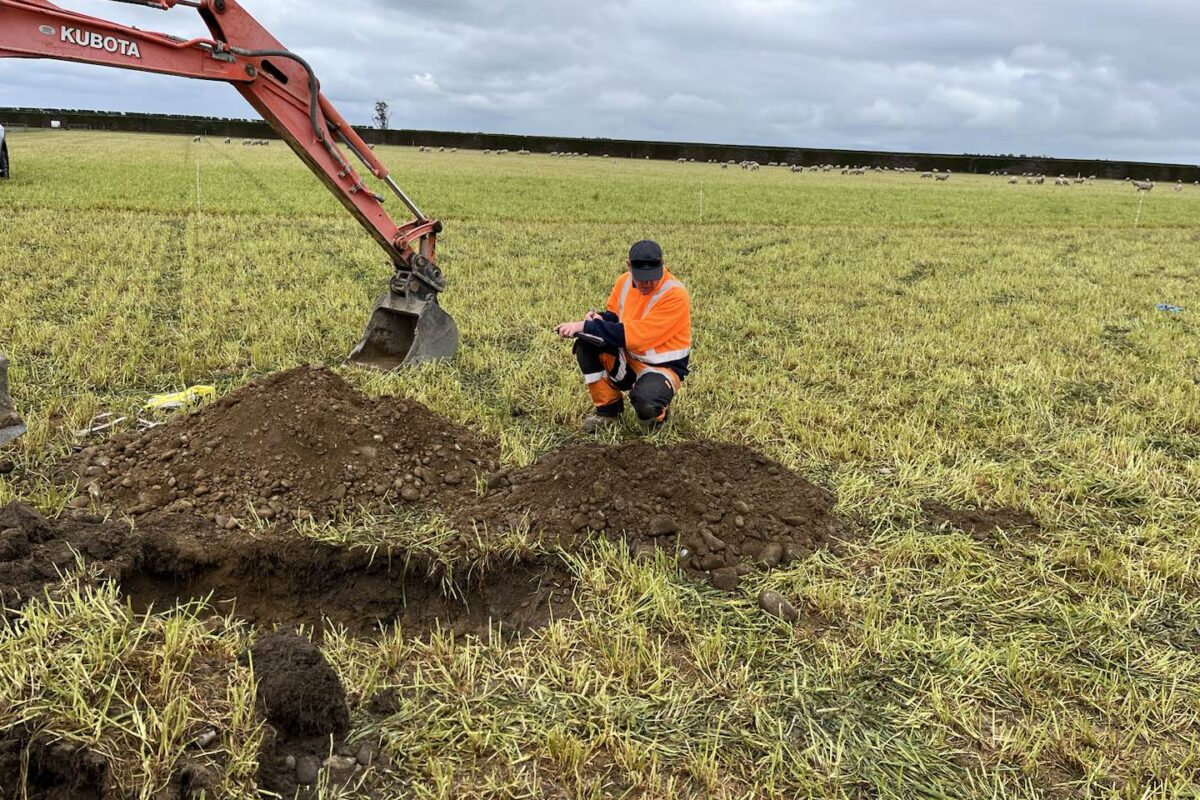


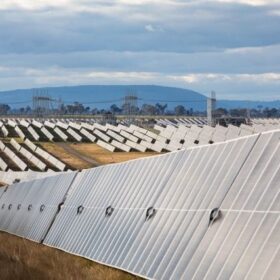
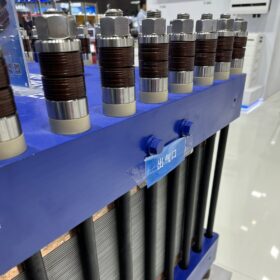
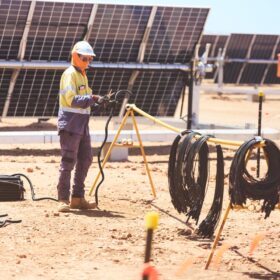
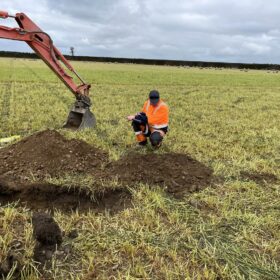
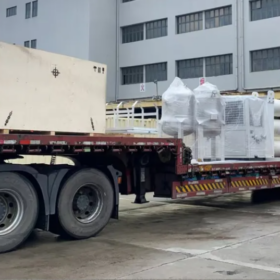
Mention hydrogen and the government throws taxpayers’ money at it. How efficient is this process at storing energy? LIB 80-90% electricity to hydrogen to electricity 50%. If the hydrogen spontaneously bonds with the metal more energy will be lost and energy will be required to release the hydrogen.